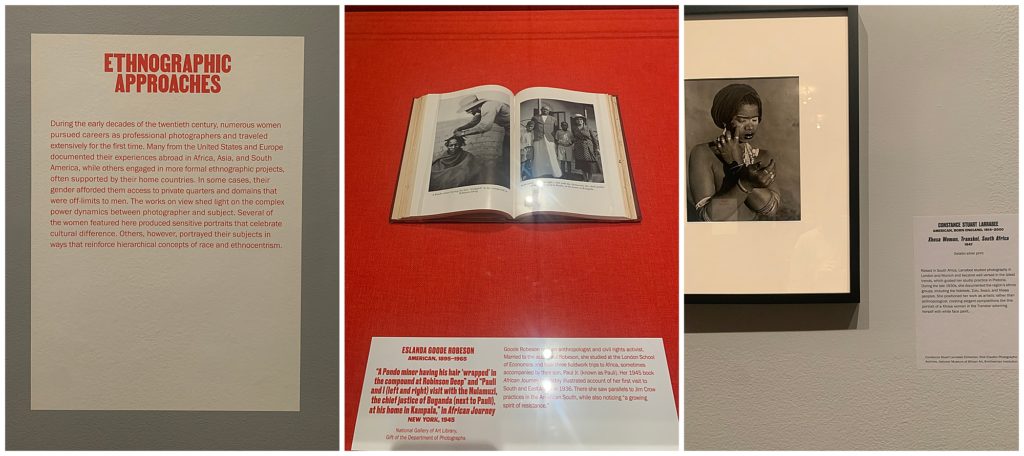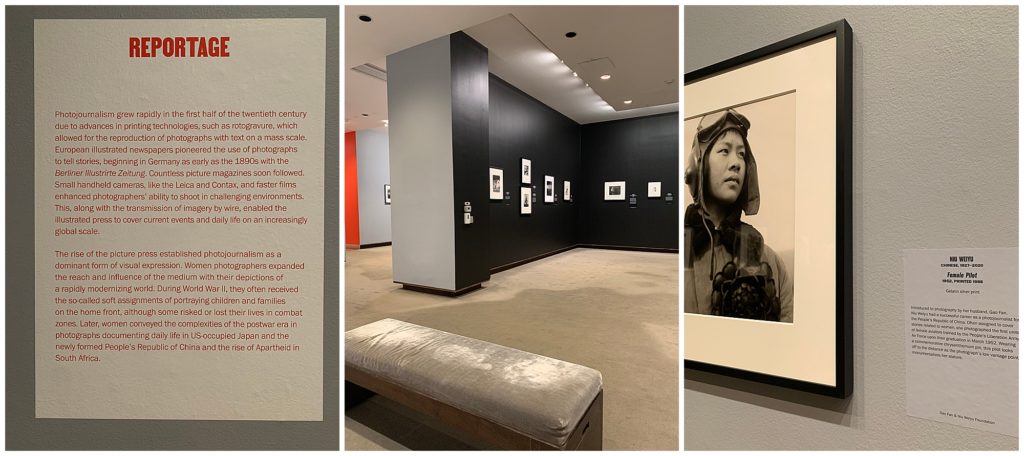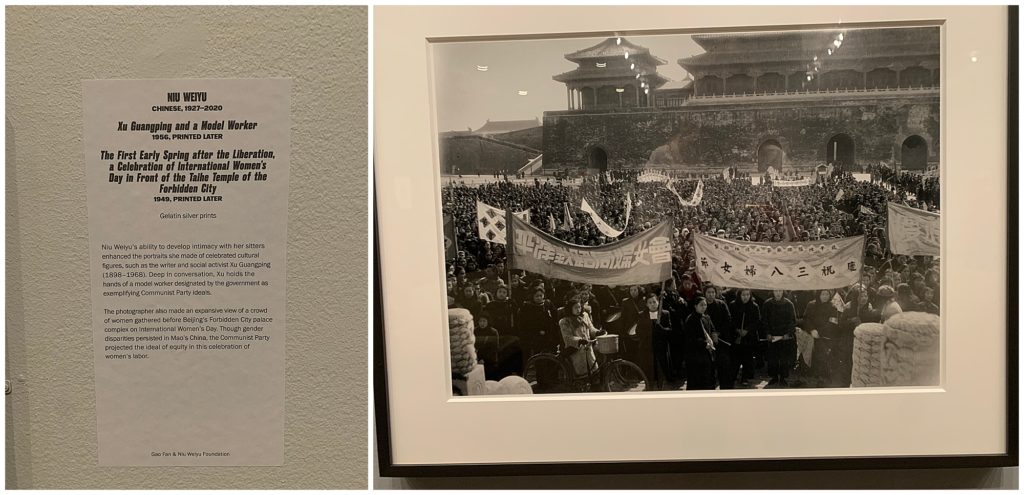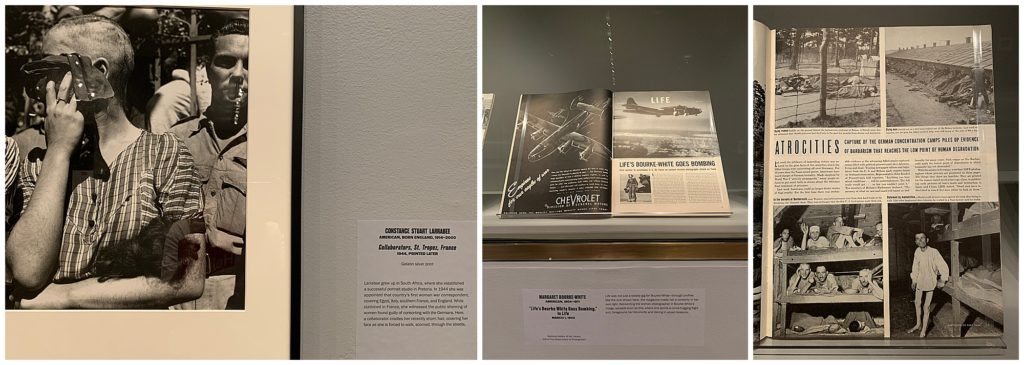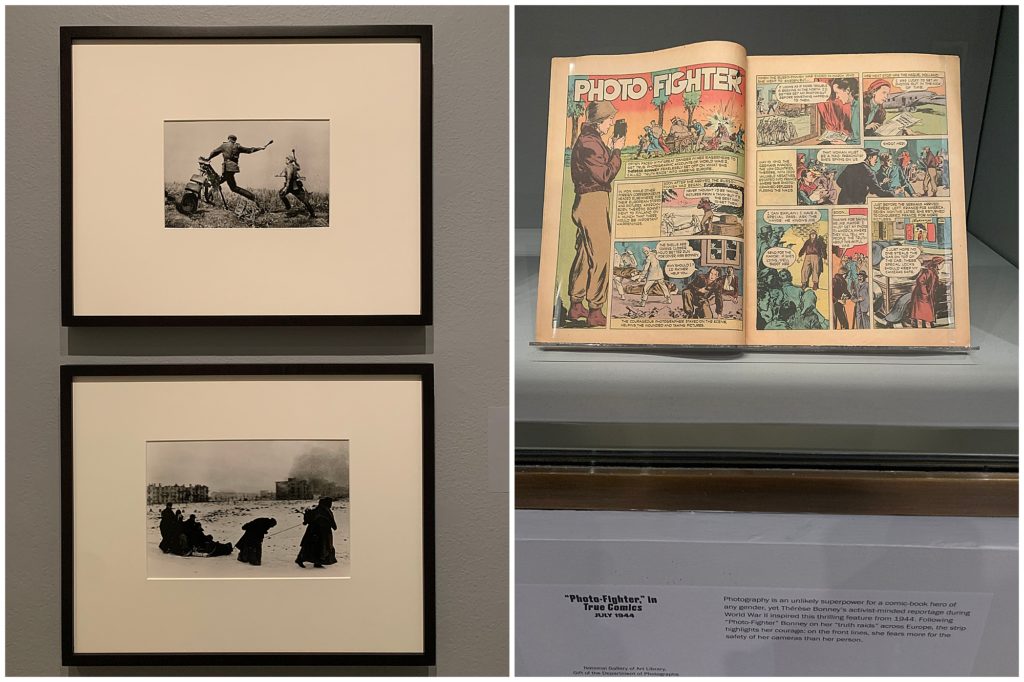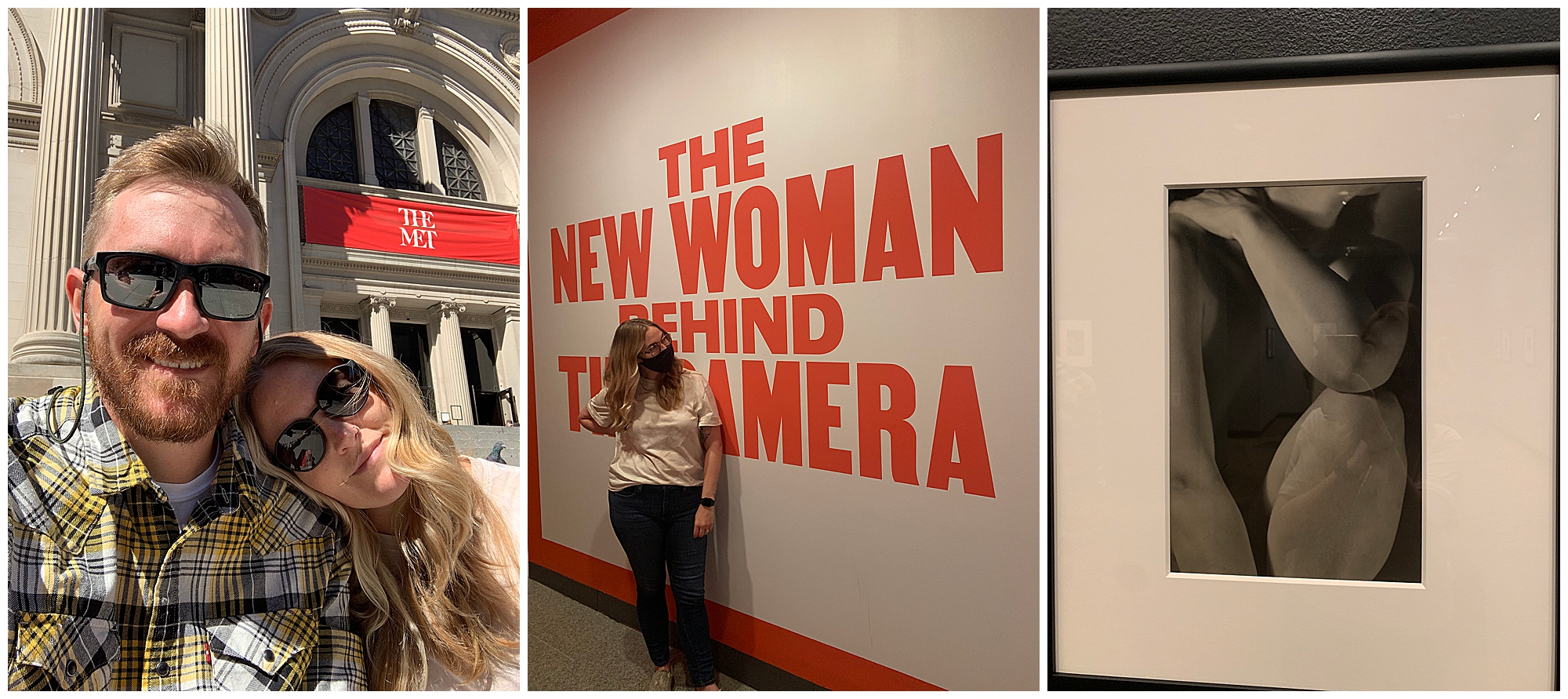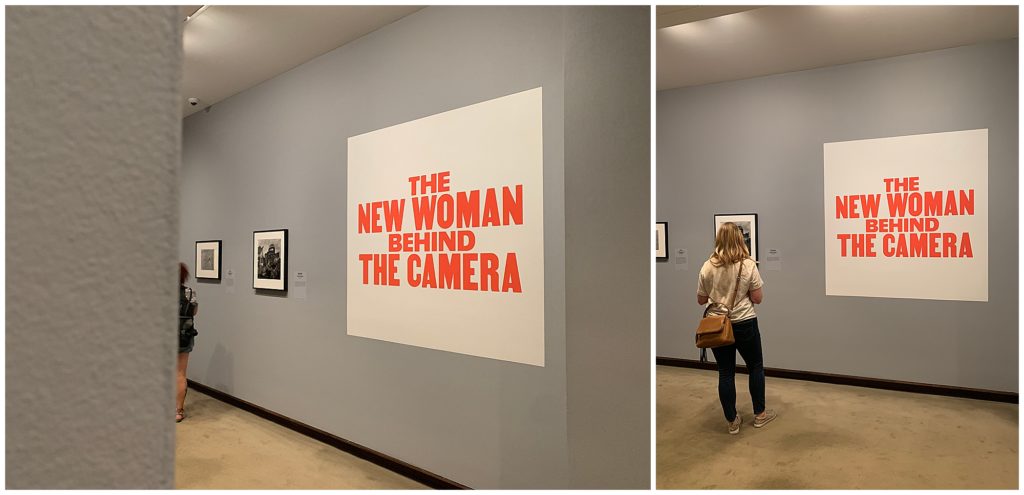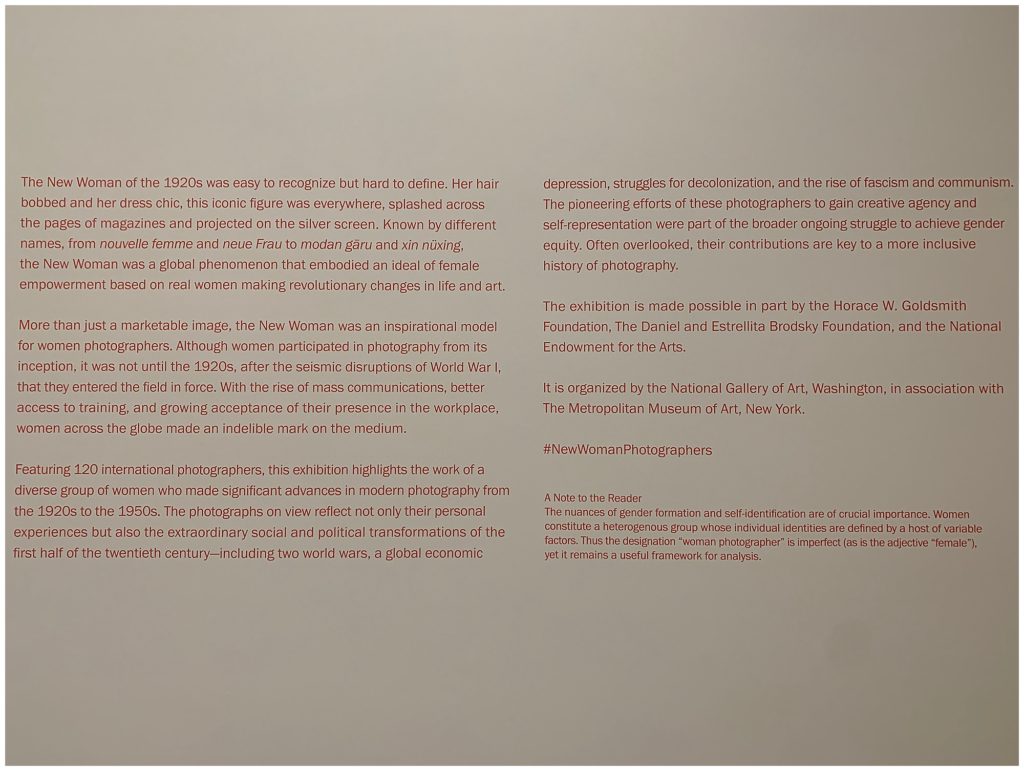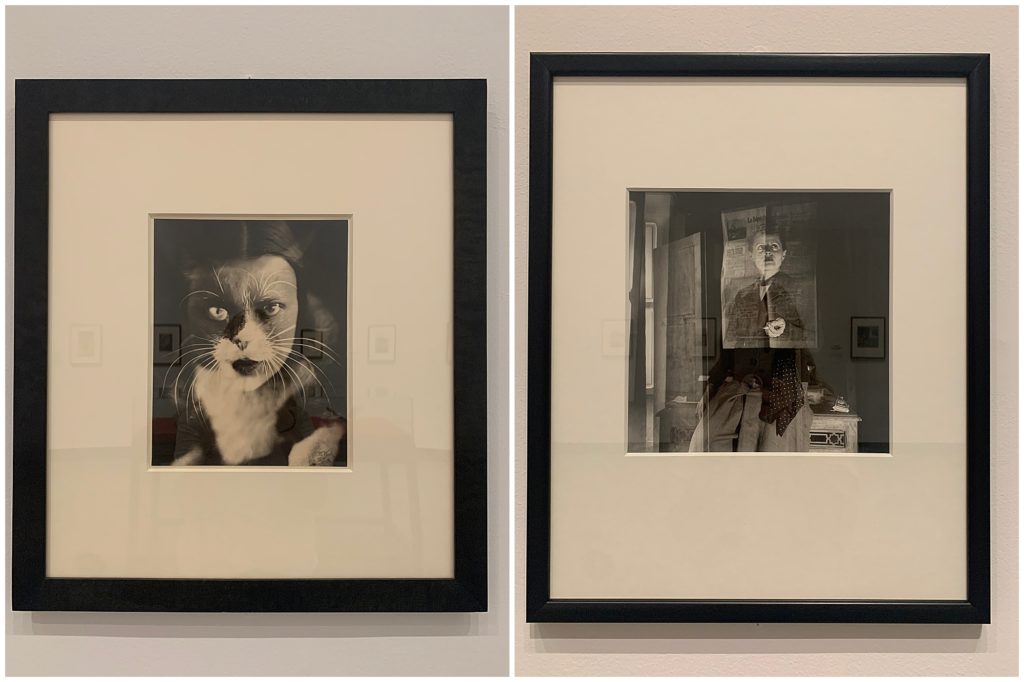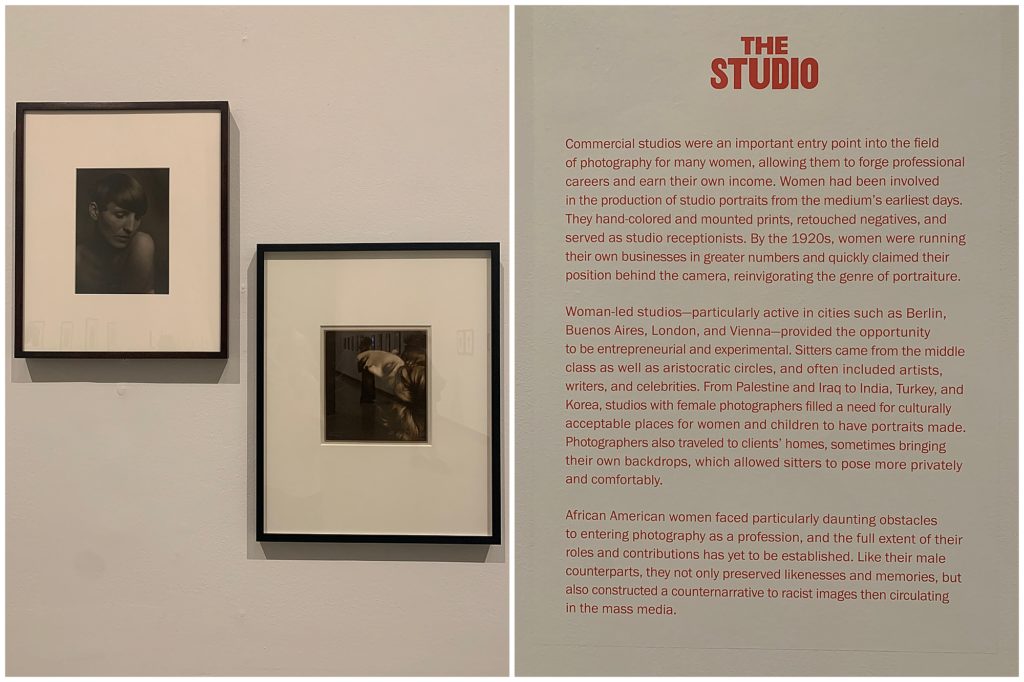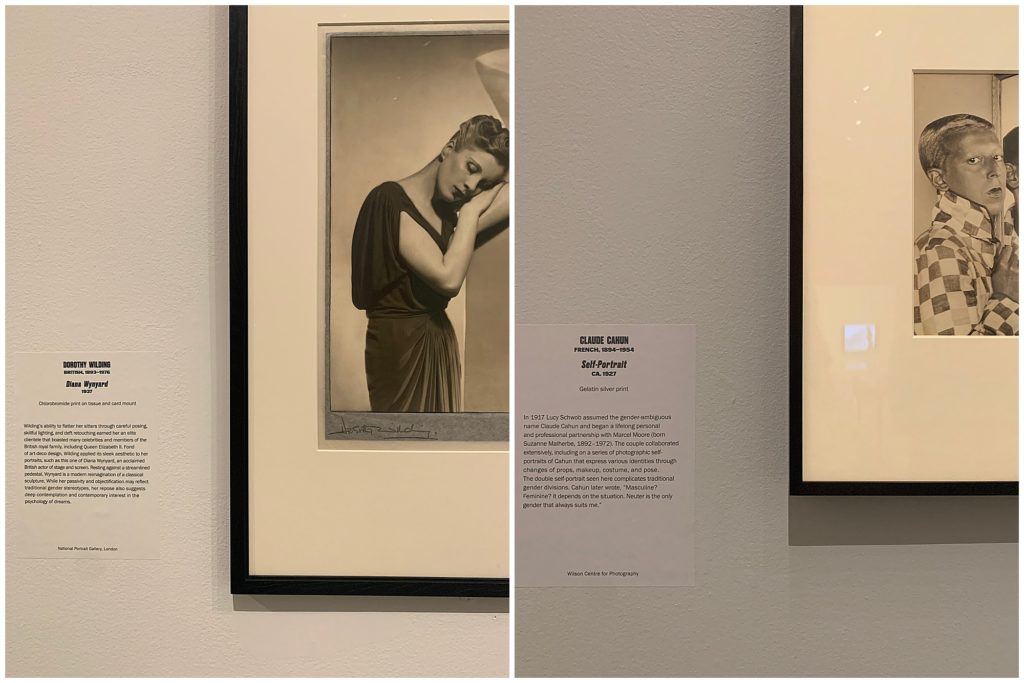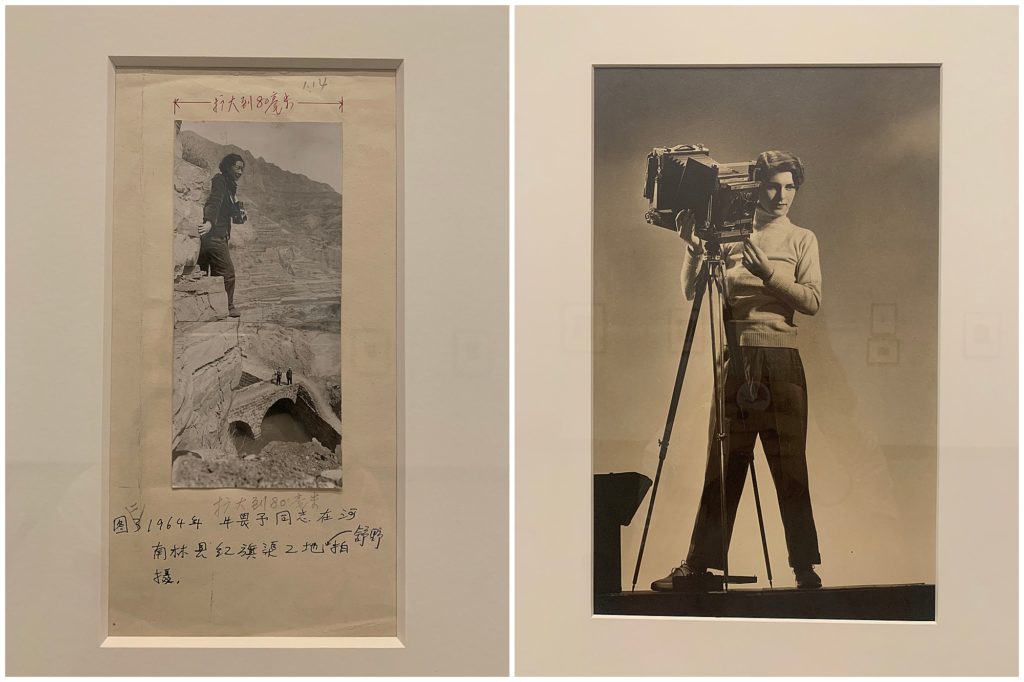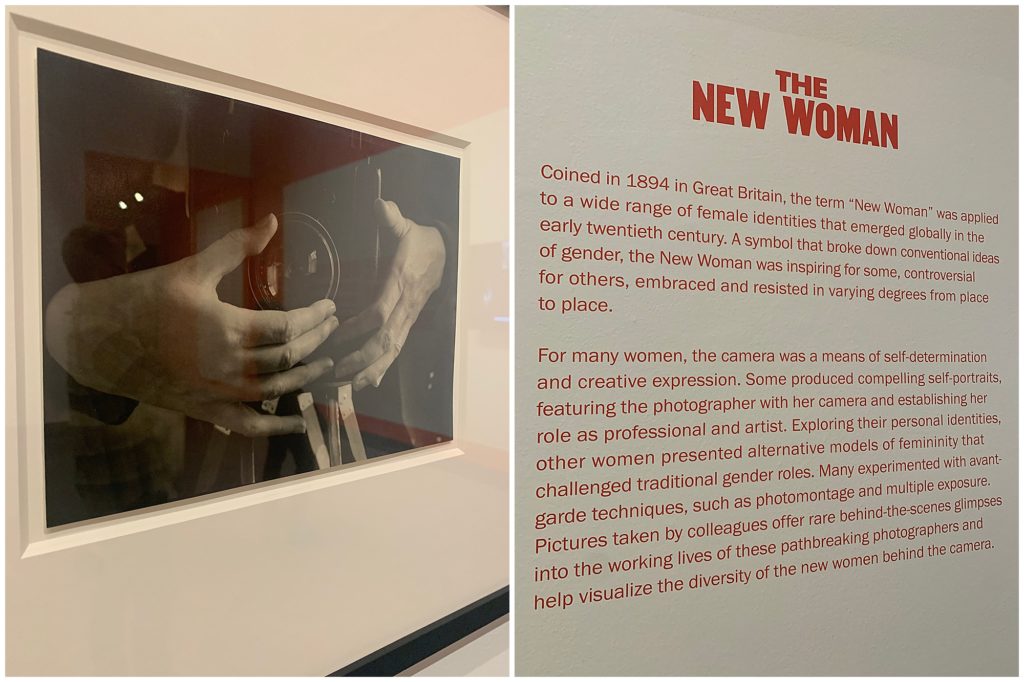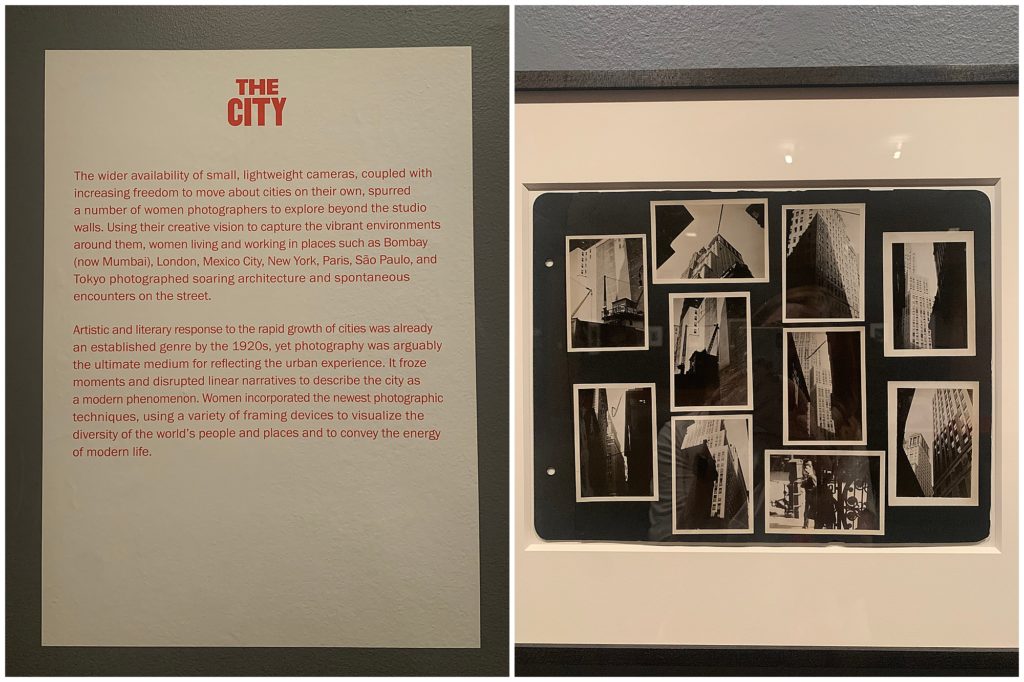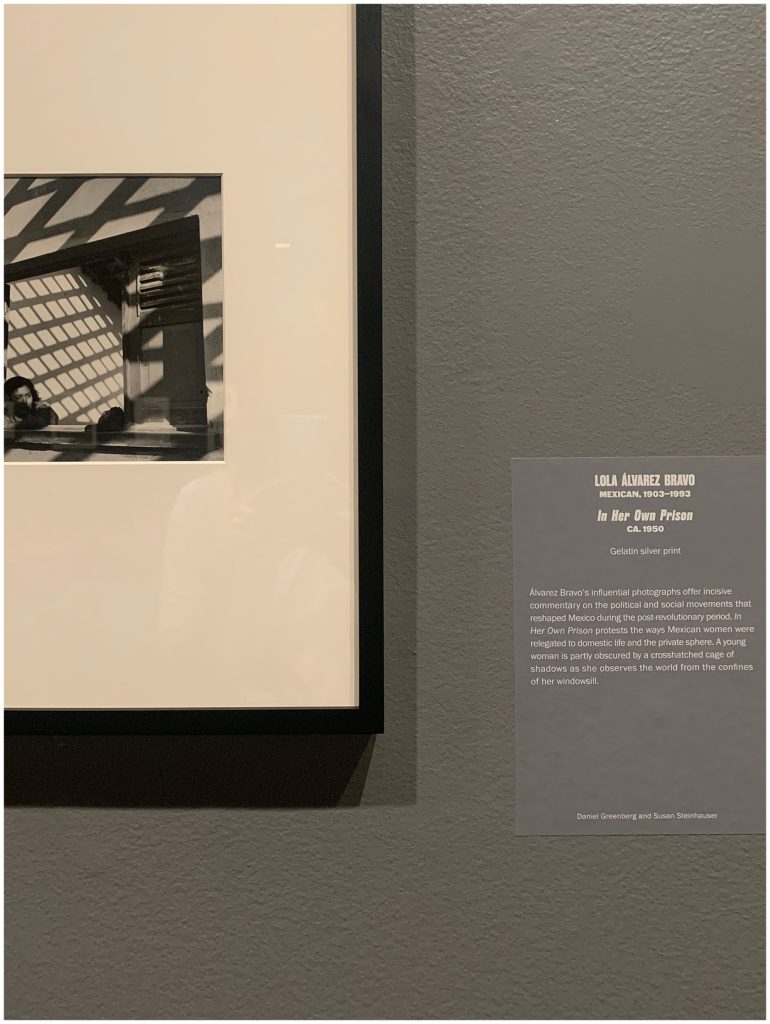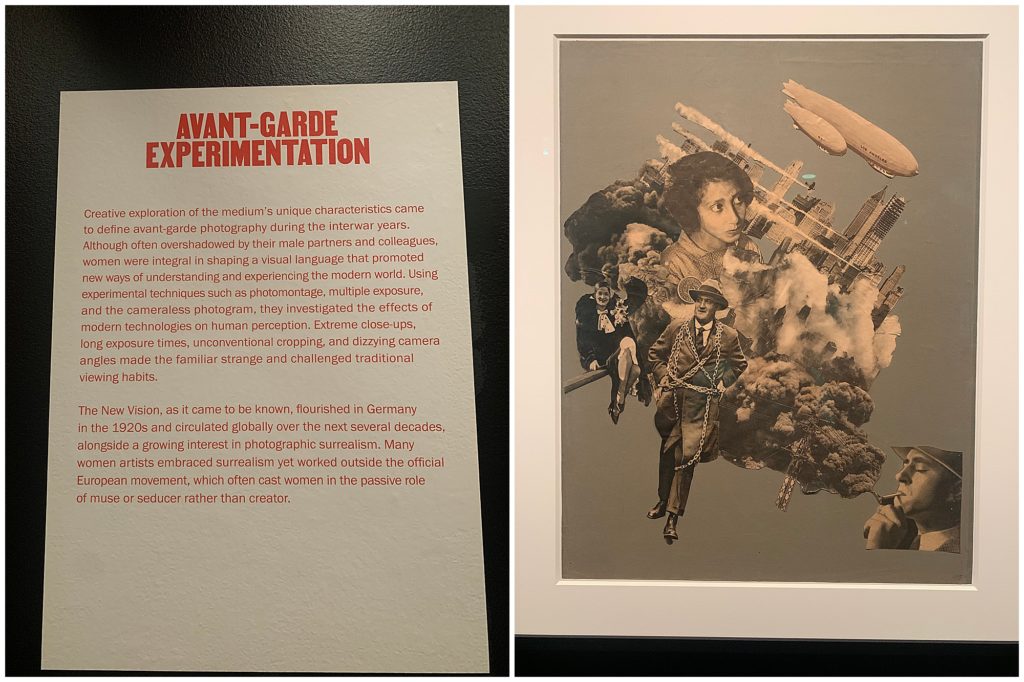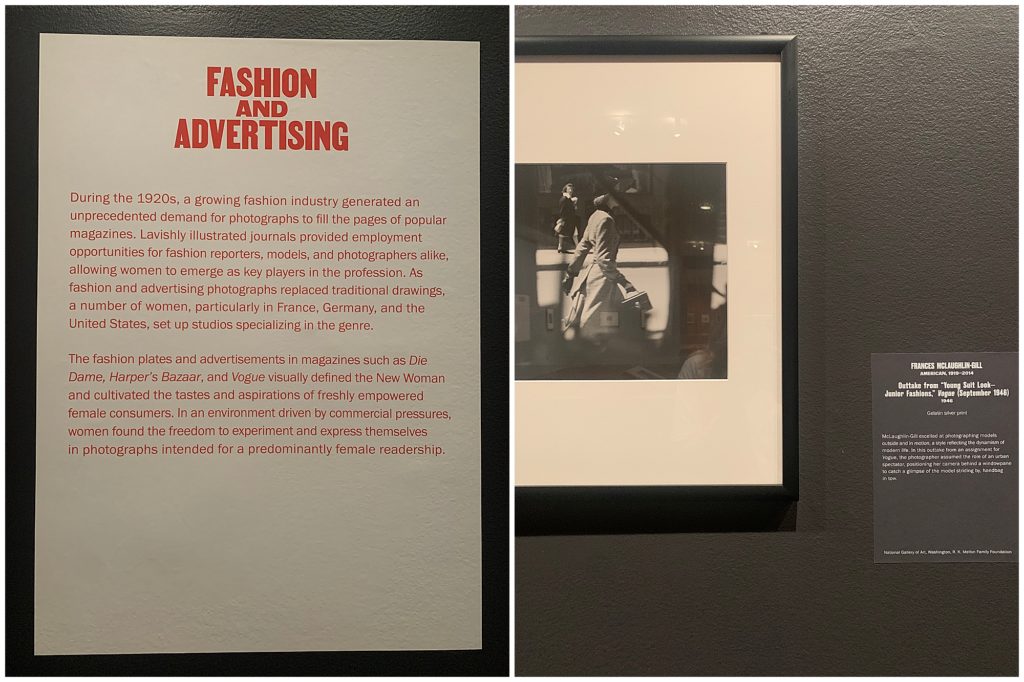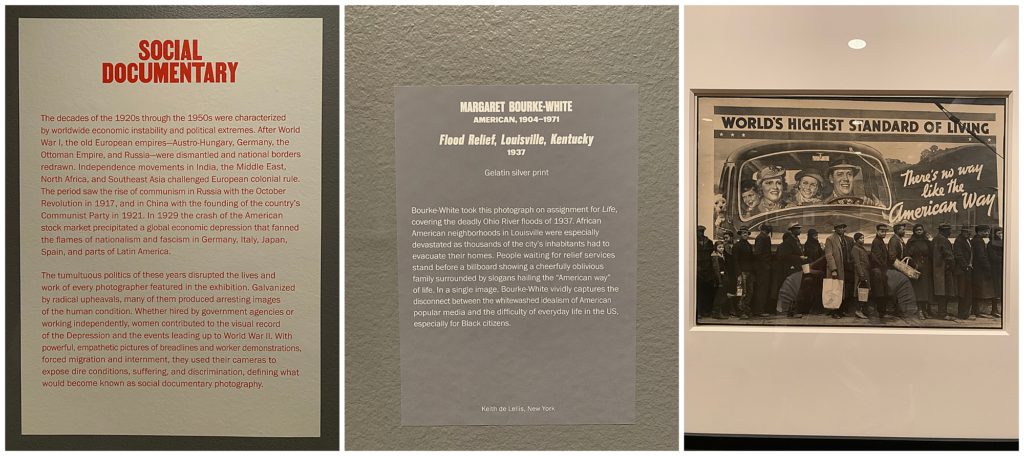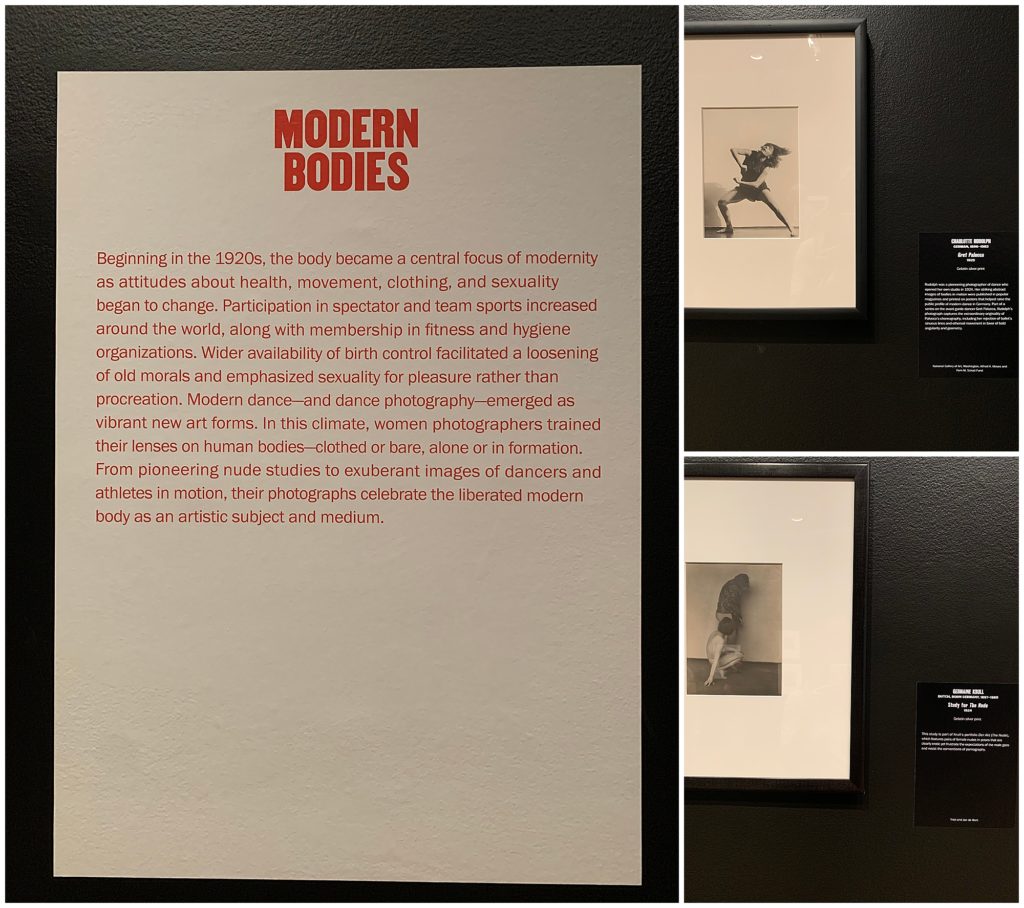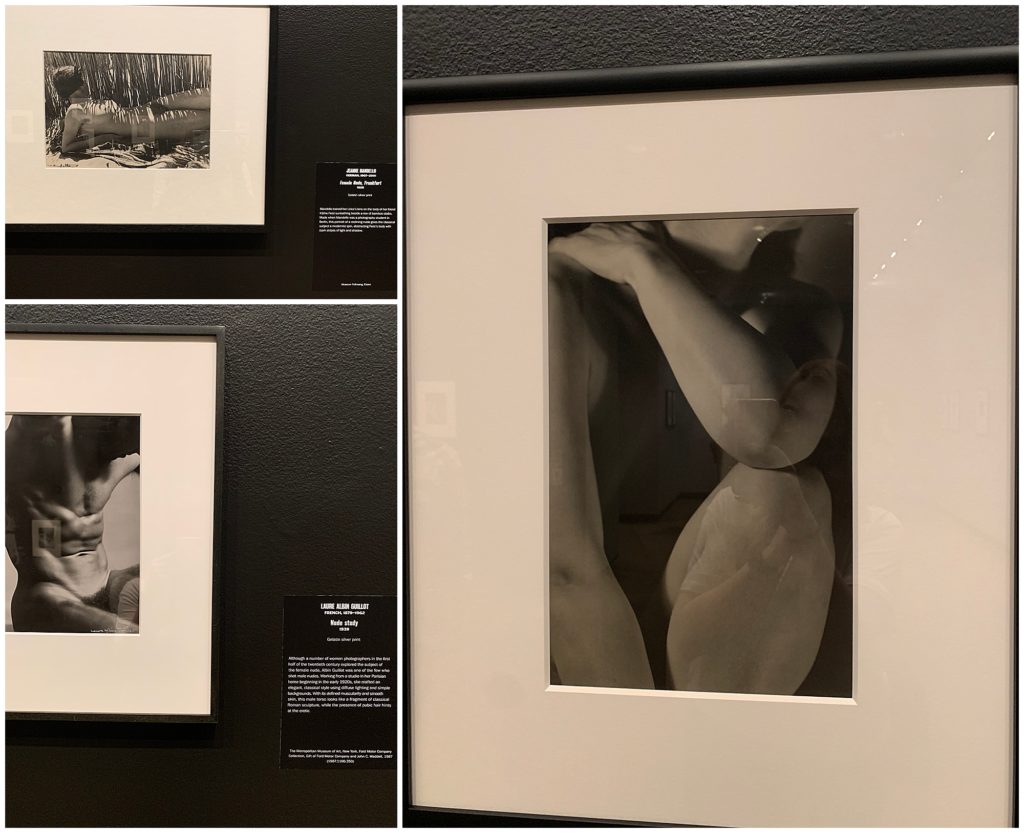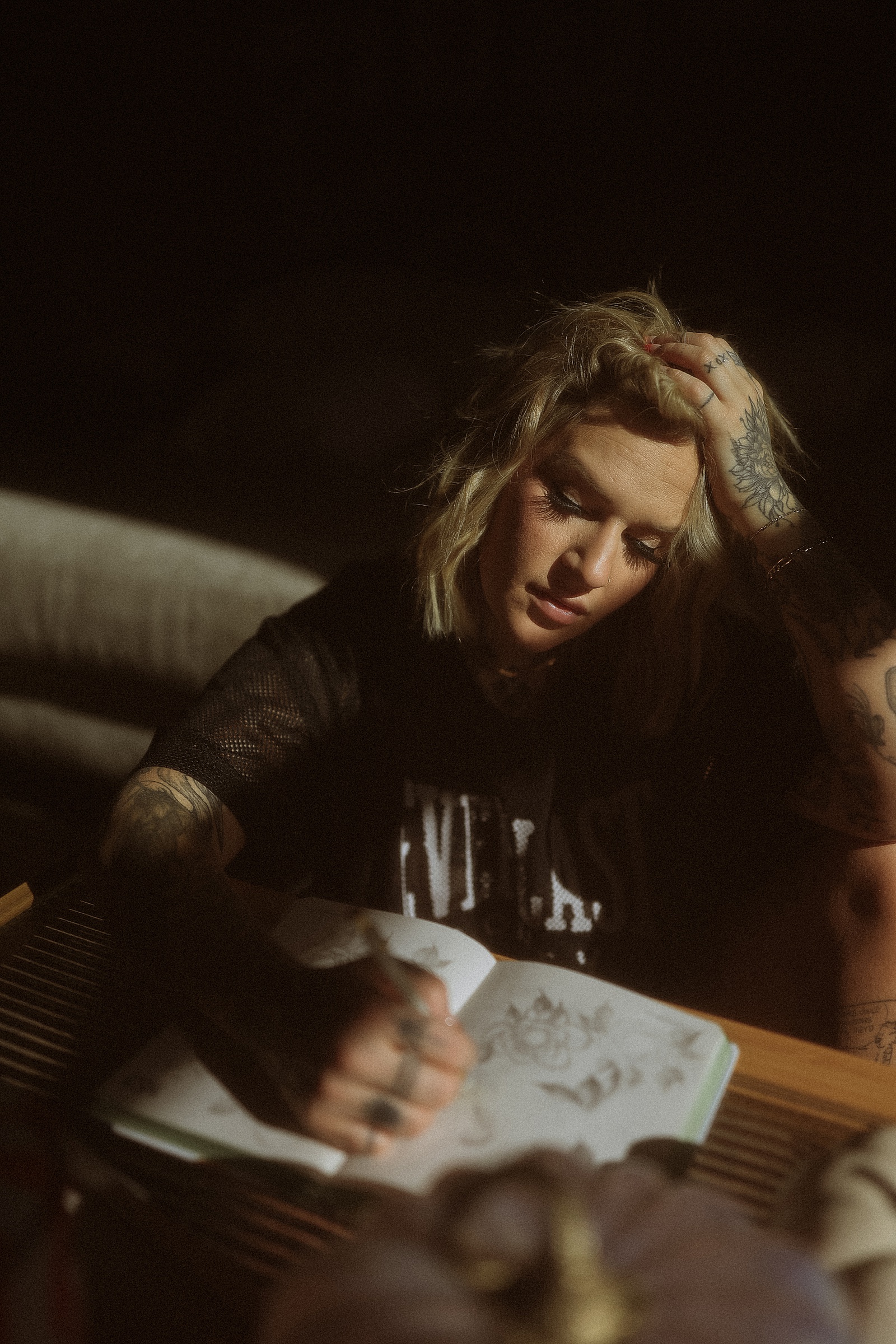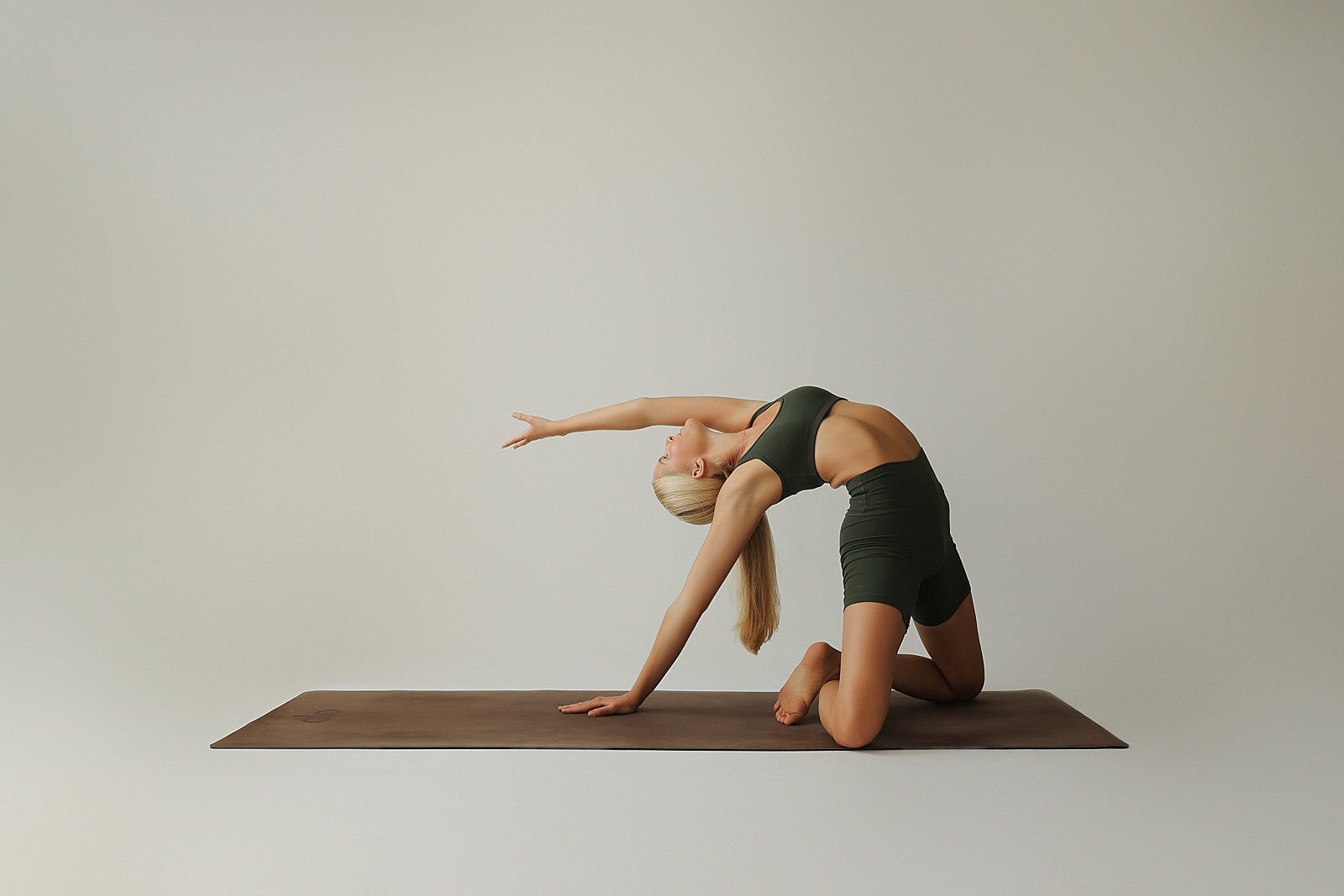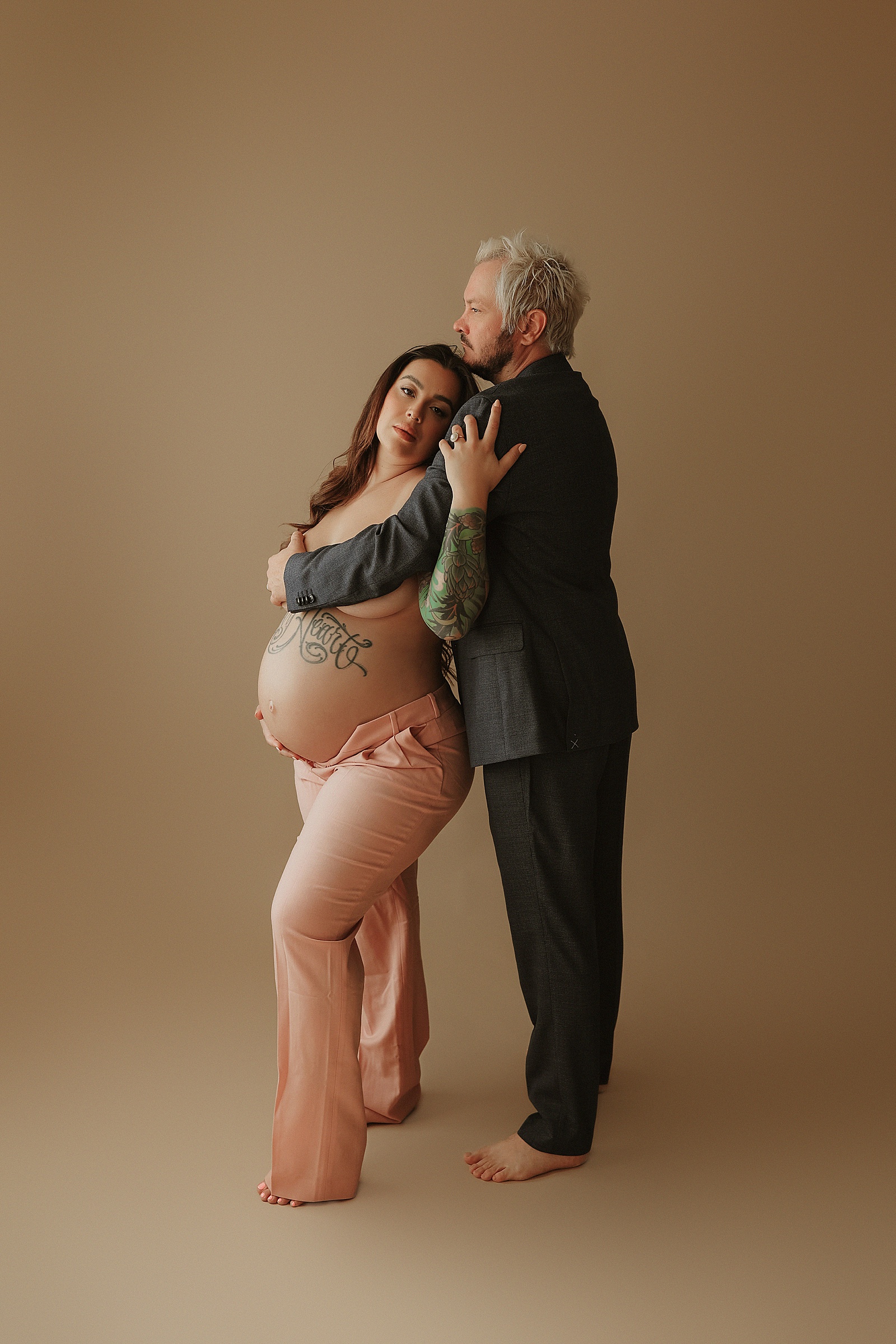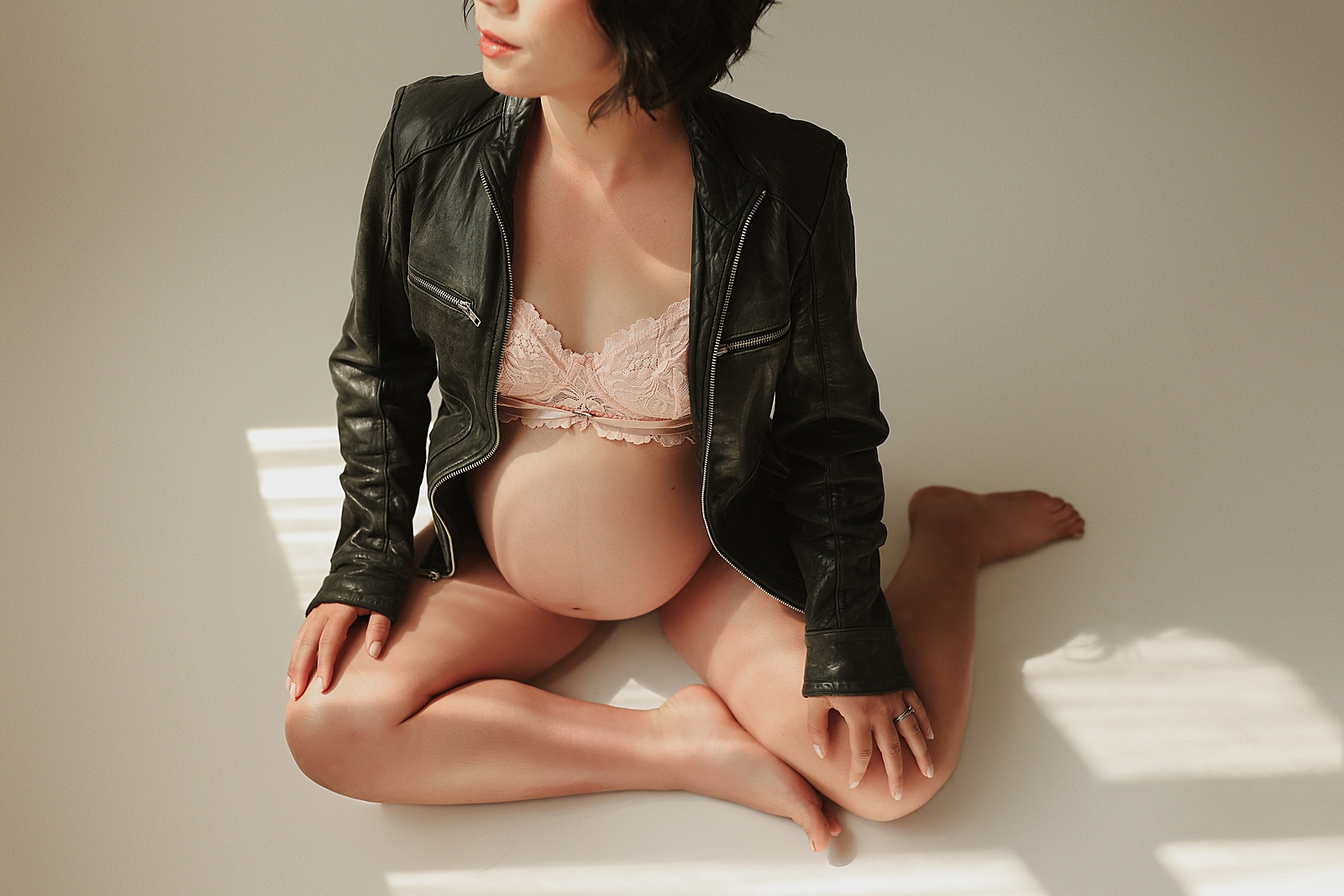The New Woman Behind the Camera exhibit at the MET was more powerful & emotional than I could have imagined. I was naive & clueless to think I was just going to see amazing photographs & some history of the impact women have had on the world with their photography. I had no idea I would cry.
The New Woman Behind the Camera exhibition happened to be on display at The MET during my visit to NYC in September. It was a wild coincidence that can only be explained by fate. (Sometimes I believe in pure fate, but most of the time I know fate is seized opportunity) I was overjoyed when I came across an article about the exhibit to learn it was in the cards for me, I grabbed my tickets immediately.
I figured maybe on hour or so (again naive AF) to just this exhibit and maybe another for the rest of the MET (again again, VERY naive) then we would head to Central Park. I was so immersed in the stores if these women, the honor of being surrounded by their photographs and in my own ball of emotion that 2.5 hours went by. The husband had wondered off by that point. When I got the end, I did’t want to leave. While I am pretty sure I read every word, looked at every image, I felt I could do it all over again because I am sure there was something I missed or images I didn’t spend enough time to fully grasp. I felt it all deserved much more than 2.5 hours of my time. After all these woman paved the way for me + my passion. It was all so overwhelming in the best way possible and here I was teary-eyed and grabbing memories with me cell phone. So come along with me…..
If you are like me, you aren’t familiar with the term “New Woman,” and damn I am glad I am now. Basically some badasses……
“The New Woman was a feminist ideal that emerged in the late 19th century and had a profound influence well into the 20th century. In 1894, Irish writer Sarah Grand (1854–1943) used the term “new woman” in an influential article, to refer to independent women seeking radical change, and in response the English writer Ouida (Maria Louisa Rame) used the term as the title of a follow-up article.[1][2] The term was further popularized by British-American writer Henry James, who used it to describe the growth in the number of feminist, educated, independent career women in Europe and the United States.[3] Independence was not simply a matter of the mind: it also involved physical changes in activity and dress, as activities such as bicycling expanded women’s ability to engage with a broader, more active world.[4]
The New Woman pushed the limits set by a male-dominated society, especially as modeled in the plays of Norwegian Henrik Ibsen (1828–1906).”
